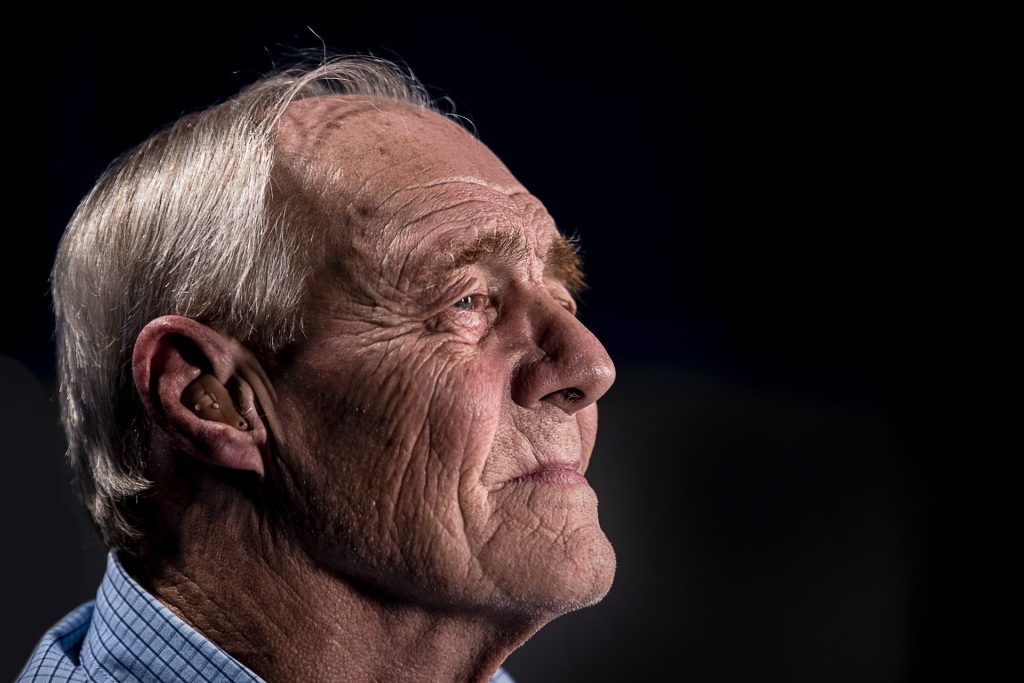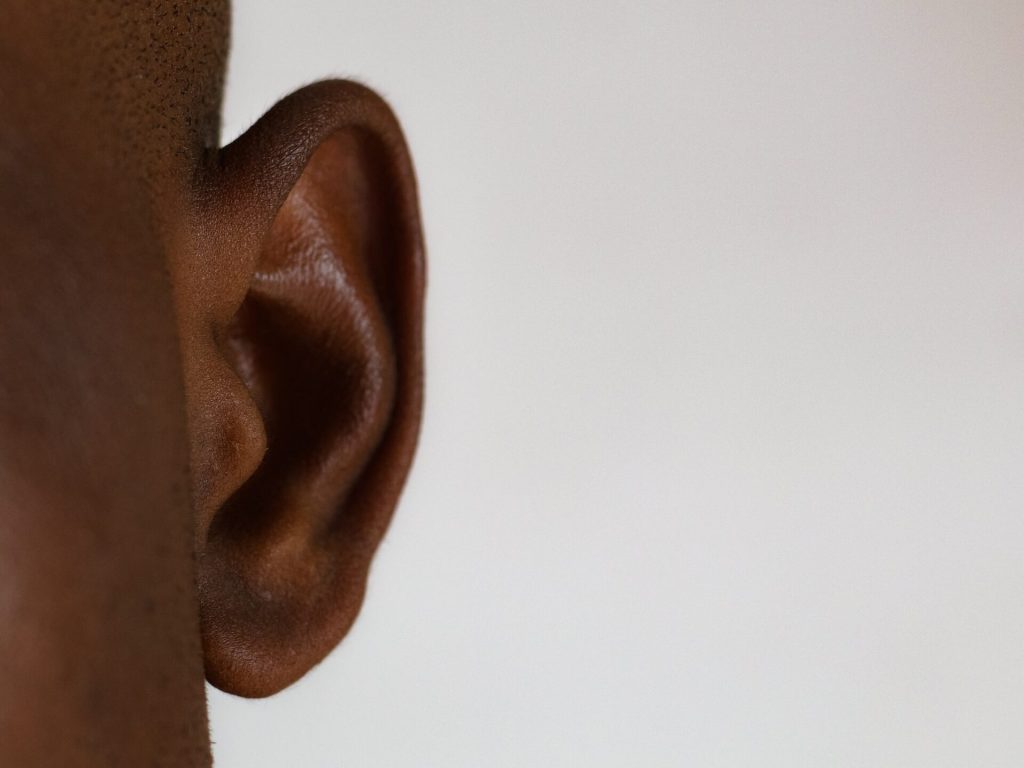Hearing Impairment may be a Sign of Increased Risk of Parkinson’s Disease

There may be a link between hearing impairment and an increased risk of developing Parkinson’s according to research led by Lancaster University. This is one of the first studies to examine whether sensory impairments, such as hearing loss, might increase the risk for Parkinson’s or serve as an early warning sign.
The study is published in Parkinsonism and Related Disorders.
Researchers analysed data from the UK Biobank, a biomedical database containing data from half a million participants across the UK. They looked at data from 159,395 individuals who had previously undergone a hearing test measuring their ability to detect speech in noisy environments and had no history of Parkinson’s at the time of the assessment.
Over an average follow-up period of 14.24 years, 810 participants were subsequently diagnosed with Parkinson’s disease. The analysis revealed a 57% increased risk of Parkinson’s for every 10-decibel increase in baseline hearing impairment.
Dr Megan Readman, ESRC Post Doctoral Research Fellow from Lancaster University’s Department of Psychology, led the study.
She said: “These findings are incredibly important; first, this is one of the first studies to look at how hearing impairments may increase risk for Parkinson’s or be an early warning sign of Parkinson’s.
“Secondly, as our findings suggest, hearing loss is intricately related to Parkinson’s so it may be beneficial for auditory functioning and the management of auditory impairment to be considered at the time of diagnosis and follow-up care.”
However, Dr Readman stressed that it is not clear if the link between Parkinson’s and hearing loss is causal or if there is simply a correlation.
“We do not know whether hearing loss can cause Parkinson’s, or if there is a common underlying cause for both conditions.”
The other authors included Yang Wang and Fang Wan, Sally Linkenauger, Trevor Crawford and Christopher Plack plus Ian Fairman who has Parkinson’s and hearing impairment.
Professor Plack said: “It is increasingly clear that hearing loss is not an isolated condition but is associated with several other disorders. Understanding these links is vital if we are to provide effective patient care, improving independence and quality of life for the individuals concerned.”
By identifying factors that might contribute to its onset, such as hearing impairment, researchers hope to pave the way for new strategies in prevention and care.
Dr Readman said: “Our findings suggest hearing impairment is intricately related to Parkinson’s and underscore the potential benefits of addressing auditory function in Parkinson’s diagnosis and follow-up care.”
Professor Trevor Crawford said: “This important study is the latest discovery in a decade-long series of research on neurodegenerative disorders, conducted by our team at Lancaster University in collaboration with colleagues across the UK.”
Source: Lancaster University






